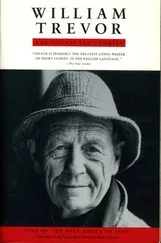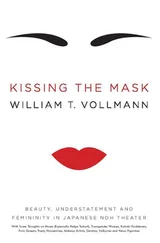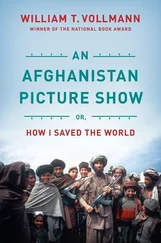William T. Vollmann
Butterfly Stories
This book is for
Ben and Charlotte


In case any of you readers happens to be a member of the Public, that mysterious organization that rules the world through shadow-terrors, I beg you not to pull censorious strings merely because this book, like one or two others of mine, is partly about that most honest form of love called prostitution — a subject which the righteous might think exhausted with a single thought — or, better yet, no thought at all — but the truth is that there are at least thirteen times as many different sorts of whores as there are members of the Public (and I think you know what I mean by members). Shall we pause to admire them all (the adults, I mean, the ones with the ambitiously long-tubed mouthparts)? Looking under the trees I spy billions of species, most of whom fly only during the night, unlike the insects after whom they're named; the pupa stage is often enclosed in a cocoon of brightly colored silk. And yet some are alive and some are dead and some find money to be the least of their worries! — Oh, my prismatic Nymphalidae, my cross-veined Psychidae, my Sesiidae with the delicious anal veins, how could cruelly unimaginative lepidopterists have pinned you to a common corkboard of classification, when after all the world is so shadily large? I'll not commit that crime! So fear repetition not; there remain many seas of blood and cream to be traversed. If this advertisement be not sufficient, I can only protrude my wormlike tendrils of apology, craving forbearance on the grounds that a writer must write about what he knows, and since I know nothing about any subject it scarcely matters where I dabble.
Your friend,

The consequences beasts draw are just like those of simple empirics, who claim that what has happened will happen again in a case [that] strikes them [as] similar, without being able to determine whether the same reasons are at work. This is what makes it so easy to capture beasts. .
G. W. Leibniz, Preface to The New Essays (1703-5)
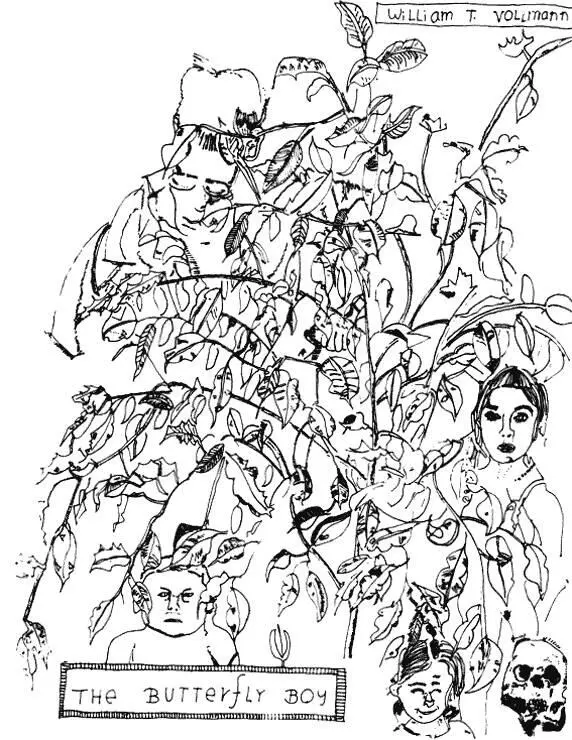
1
Under the leaning plant-tumuli were galleries of wet dirt in which the escapees hid, panting like animals, naked and trembling, gazing up at the flared leaves whose stalks, paler than beansprouts, wove each other's signatures. Not everybody was caught again. Their families had to be bulldozed into the American bomb craters without them. Wormy dirt pressed down on bloodstained dirt until everything stopped moving, and the slaves were forbidden to work there for a month, until the mound had settled. The slaves had no desire to go there anyway. Water buffaloes rooted and splashed slowly in the rice paddies. They were valuable. As for the slaves, there was a slogan: Alive you are no gain; dead you are no loss. So the slaves obeyed the rule of absolute silence. After a month, they were sent to plant the grave with cassava.
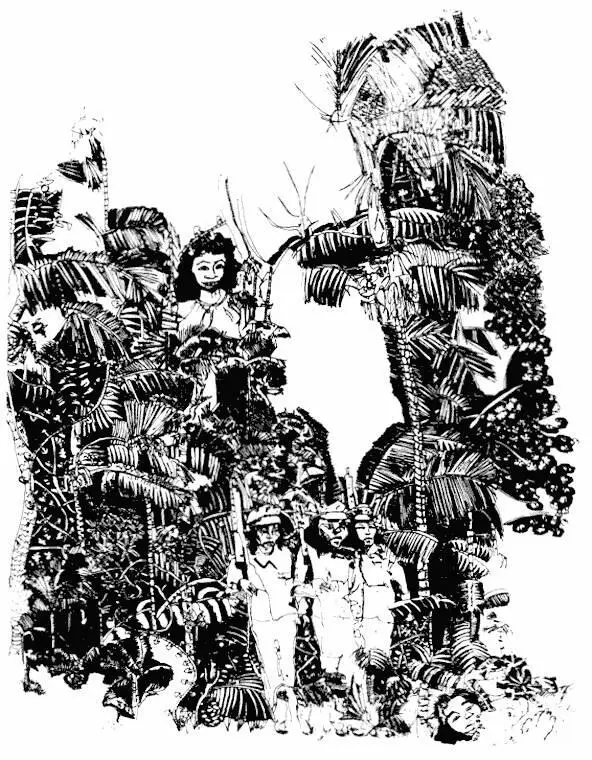
Meanwhile, the ones who had gotten away lived hour by hour beneath the roof of maculed leaves swarming with darkness as they crept toward Thailand, ducking through green-fringed purple leaves, dodging golden berries as hard as copper. Sometimes a land mine got them, and sometimes a snake did. It did not matter whether the land mines were Russian or Chinese because they rended people with the same sudden clap of smokepetaled flame. But the snakes came in so many varieties as to guarantee an interesting death. One kind let you live a day after you were bitten. Another kind killed in an hour. There was a kind that let you walk two steps before you fell down dead. The people who survived the snakes fled on toward Thailand, where if they were lucky they might win admittance to a barbed wire cage. As they ran, they gasped in the strong wet smell of ferns. Fallen flower-bowls, red and yellow, lay in the knee-deep carpet of ferns. In the very humid places, moss grew out of the tree trunks and mounded itself upon itself in clusters like raspberries. From these places ferns burst out, and spiderwebs grew on the ferns, and within the webs the spiders waited. Some were poisonous and some were not. Sometimes the people who survived the spiders became lost and came out into a clearing where their executioners were already conveniently waiting. Around the lip of the bomb crater, generous grass bowed under its own wet weight, the dark star-leaved trees meeting it in a terrifying horizon. The people would begin to scream. The order was given to approach the grave in single file. Sometimes the executioners cut open their bellies or wombs with the razor-sharp leaf-edges of sugarpalm trees. Sometimes they smashed their skulls in with pickaxes. The executioners who were especially skilled at this enjoyed practicing what they called "the top." When you stand behind someone and smash his skull in in just the right way, he will whirl around as he falls and gaze up at you with his dying eyes. Sometimes they beat them to death with gun butts. Sometimes they pushed them off cliffs. Sometimes they crucified them in trees. Sometimes they injected them with poison. Sometimes they peeled back their skins and ate their livers while the victims were still screaming. Sometimes they wrapped up their heads in wet towels and slowly suffocated them. Sometimes they chopped them into pieces.
2
The butterfly boy knew nothing about this, firstly because he was only seven years old and in another country, and secondly because it hadn't happened yet. It would be two more years before he even saw a dead person.
3
The butterfly boy was not popular in second grade because he knew how to spell "bacteria" in the spelling bee, and so the other boys beat him up. Also, he liked girls. Boys are supposed to hate girls in second grade, but he never did, so the other boys despised him.
4
There was a jungle, and there was murder by torture, but the butterfly boy did not know about it. But he knew the school bully, who beat him up every day. Very quickly, the butterfly boy realized that there was nothing he could do to defend himself. The school bully was stronger and faster than he was. The butterfly boy did not know how to fight. When the school bully punched him, it never occurred to him to punch back. He used his arms to protect his face and belly as best he could, and he tried not to cry. If it had been just him and the school bully, he probably would have cried, because he regarded the school bully as a titanic implacable force in comparison to which he was so helpless that he was as a sacrifice to an evil god, so there was no shame in crying before him. But since the other boys loved to gather in a circle and watch the butterfly boy being beaten up, he would not cry; they were his peers — not, of course, that they thought so. To every other boy in the school, the butterfly boy was so low and vile that he was not a human being.
Читать дальше







